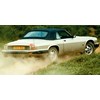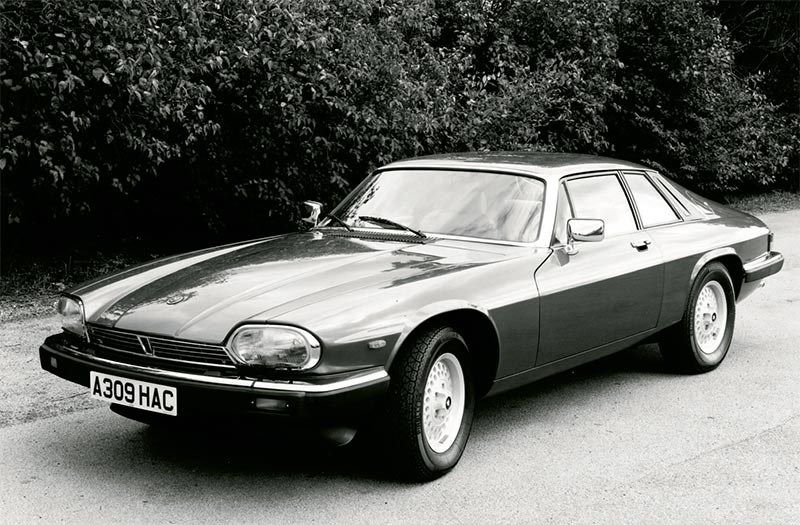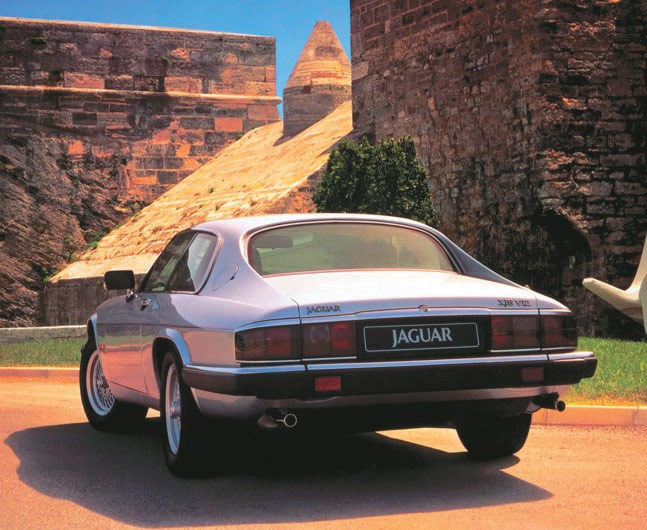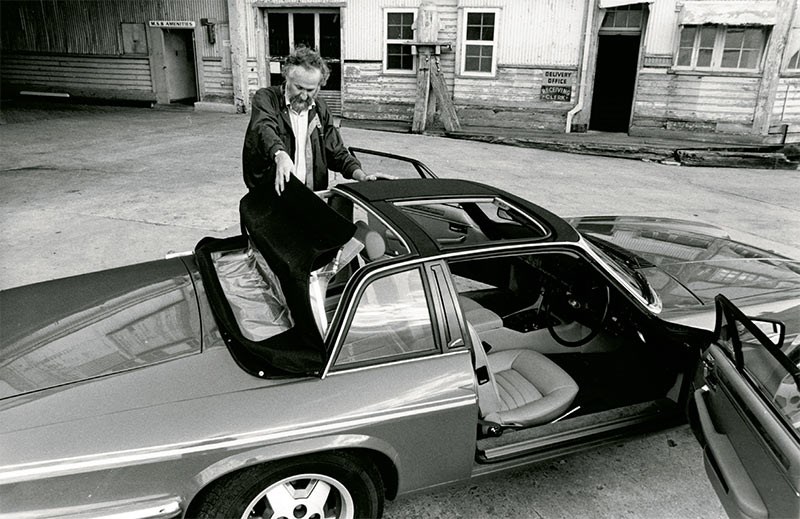Jaguar XJS review
 Jaguar XJS
Jaguar XJS

 Jaguar XJS
Jaguar XJS

 Jaguar XJS
Jaguar XJS

 Jaguar XJS
Jaguar XJS


|
|
Jaguar XJS
|

|
|
Jaguar XJS
|

|
|
Jaguar XJS
|

|
|
Jaguar XJS
|
The XJS was good, but it wasn't an E-Type...

|
|
Tempting testers: Jaguar XJS
|
Bargains for the brave
JAGUAR XJS
Looking back to just after its 1950s glory days, Jaguar really wanted to return to Le Mans and a quad-cam V12 engine was seen as the edge it needed. However, the XJ13 was already outmoded by the time a prototype finally ran in 1966 and, after the race program was shelved, the 5.3-litre engine was reborn for road car use.
The other thing Jaguar needed was a replacement for the E Type, but circumstances and legislation had moved on and what the world got instead was the long, low and strangely styled XJS coupe.
As an engine intended for competition, the V12’s purpose was to make prodigious power. Powering a big car through heavy traffic on hot days was not its intended function and, while the engines themselves rarely failed, ancillary items suffered heat stress and shut the big cat down with alarming frequency.
Added to mechanical woes was the appalling fit and finish that characterised 1970s Jaguars. Improvements came as the model headed towards the end of its life, but it is the early cars, especially those with manual transmission, that are scarce.
Rust and collapsed mechanicals meant that a huge proportion of XJS coupes were stripped for parts and have disappeared. Many survivors are in such poor condition that no one is prepared to fund their reincarnation.
Recognition of the V12 engine’s ‘classic’ status provides growing incentives to track down and preserve an XJS. Carburettor cars are looking more collectible than later versions. If you want something without the thirst or technical challenge, choose a late-series 4.0-litre car.
Most of Australia’s XJS Jaguars have already seen their 30th birthdays and will likely be in need of significant mechanical and perhaps structural work.
Providing the V12 hasn’t been overheated, it can be rebuilt for around $6000. Owners not concerned about numbermatching authenticity might prefer to hunt down a used engine for half that money.
Big costs can come from rust eradication. XJS bodies were not well-protected against corrosion, so an on-hoist inspection is vital. Be especially aware of damage around the mountings for the heavy rear suspension carrier.
The interior is another area where $15,000 can be absorbed with ease; new seat trim kits are available, but labour costs may be prohibitive.
FROM THE WHEELS ARCHIVE...
Words: Peter Robinson - February 1976
After spending a day in the very first Jaguar XJ-S to come to Australia, I am convinced that the entire point of the newest Jaguar is its dual personality.
It wasn’t until I found and started to attack a couple of tight corners that I realised the soft, limousine-like qualities of the car, overpoweringly evident in gentle driving, are pushed aside as the XJ-S shows off the kind of limpet roadholding that would bring praise to a Dino Ferrari.
The idea that the XJ-S is not at all sporting begins the moment you first see the car. It does look better in the flesh. It certainly is not the kind of styling you would expect to replace
the slinky E-Type.
The non-sporting bit carries over when you fire up the incredibly smooth, fuel-injected V12 engine. Jaguar’s engineers have always been good at keeping noise out of the interior and they seem to have reached a new standard with the latest XJ-S.
In our all-too-short drive, we found that you could keep ahead of the traffic yet never see more than 3000rpm on the tacho. And the redline is 6500rpm. It really is a remarkable engine.
Fuel consumption with the fuel injection has improved from 12mpg to 15mpg, which is still not going to drive the Arabs bankrupt, but is a step in the right direction.
The only component in the Jag which isn’t up to standard is the Borg Warner Model 12 three-speed automatic transmission. The changes lack the smoothness expected, but the immense power of the V12 hides this fault.
The XJ-S is marvellously sophisticated in its ability to suit both the ulcer-ridden business man — who wants the ultimate in quiet comfort — or the young swinger with oodles of money who engages in desperate runs to the snow every winter weekend. We don’t know of another car that copes with such extremes with anything like the class of the XJ-S.
FAST FACTS
Jaguar XJS
Number built: 115,400 (1975-1996)
Body: All-steel, integrated body/chassis 2-door coupe, cabriolet and convertible
Engine: 3590cc or 3980cc inline 6-cylinder, DOHC, 24v, fuel injection; 5343cc V12, SOHC, 24v, quad sidedraft carburettors (early 1975), fuel injection (1975-on)
Power & torque: 223kW @ 5500rpm, 431Nm @ 3000rpm (XJS HE)
Performance: 0-100km/h 8.0sec; 0-400m 15.7sec (XJS HE)
Transmission: 4-speed manual (pre-1978), 5-speed manual (1978-1993), 3-speed automatic
Suspension: Independent with wishbones, coil springs, telescopic shock absorbers, anti-roll bar (f); Independent with wishbones, coil springs, radius arms, telescopic shock absorbers (r)
Brakes: Discs, power assisted, ABS post-1987
Tyres: 215/70VR15 radial
Price range: $3000-$30,000 (5.3L coupe)
Contact: Jaguar Drivers Clubs in all states,
http://www.xjsdata.com
*****
More reviews:
> World's Greatest Cars: Jaguar E-Type
Search used:
>> Search Jaguar cars for sale
Unique Cars magazine Value Guides
Sell your car for free right here
Get your monthly fix of news, reviews and stories on the greatest cars and minds in the automotive world.
Subscribe

.jpg)








.png)



